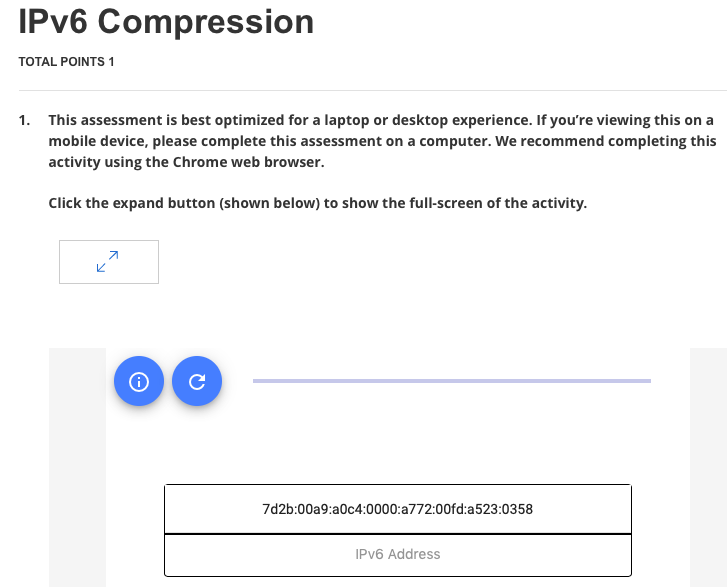

The basic relationship table of binary, decimal, and hexadecimal is following. If we convert one hextet into binary it should be 16 bits, for example, we have a hextet “0000” it is equal to 0000000000000000 (16 time 0s) and hextet “ FFFF” is equal to 1111111111111111 (16 tim1 1s).

So each “x” is a single hextet, 16 bits or four hexadecimal digits. The preferred format for writing an IPv6 address is x: x: x: x: x: x: x: x, where each “x” is the group of four hexadecimal digits and each group contains 16 bits. The address can be written both lowercase or in uppercase. For example, 2001:db8::1 is preferred over 2001:DB8::1.The length of IPv6 addresses are 128 bits and represented as eight groups of four hexadecimal digits each, each group representing 16 bits.

In an attempt to simplify IPv6 addresses, the standards provide flexibility in their representation. This calculator will compress or decompress an IPv6 address.


 0 kommentar(er)
0 kommentar(er)
